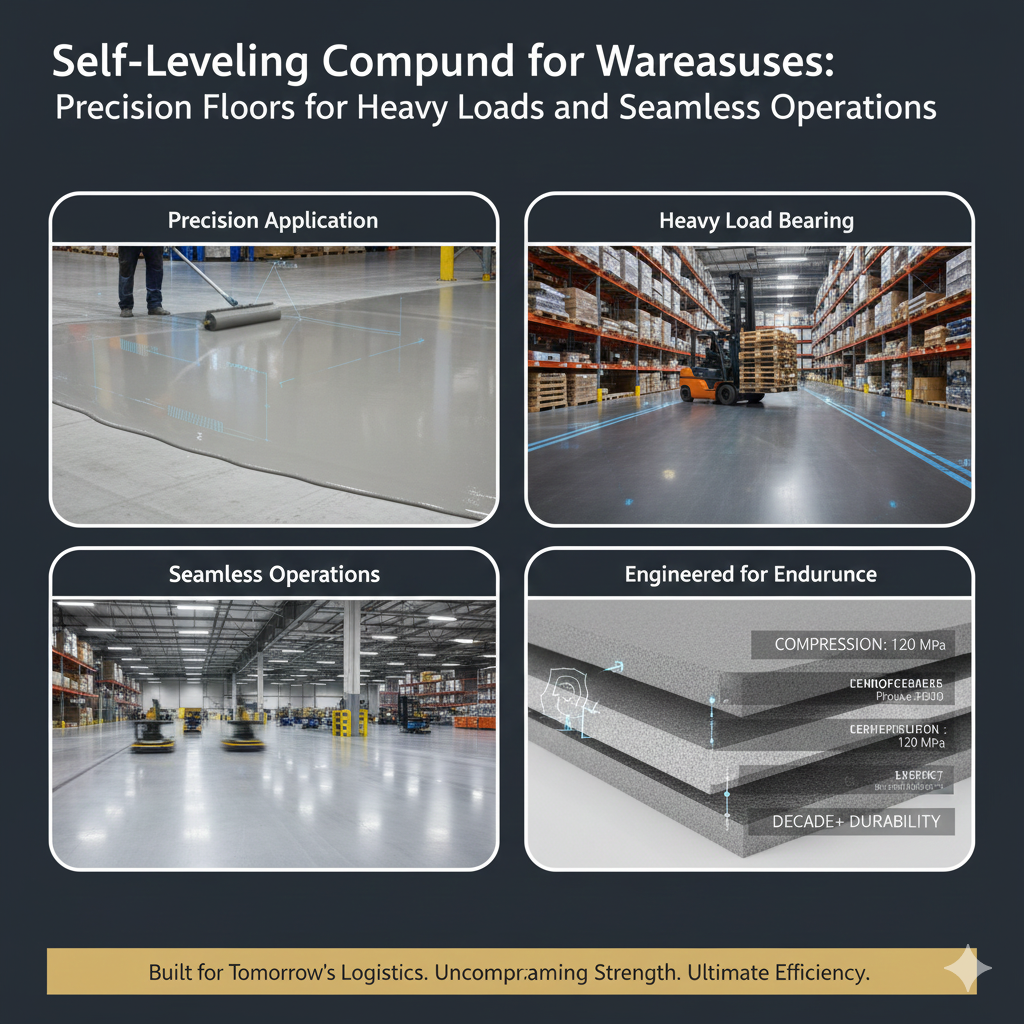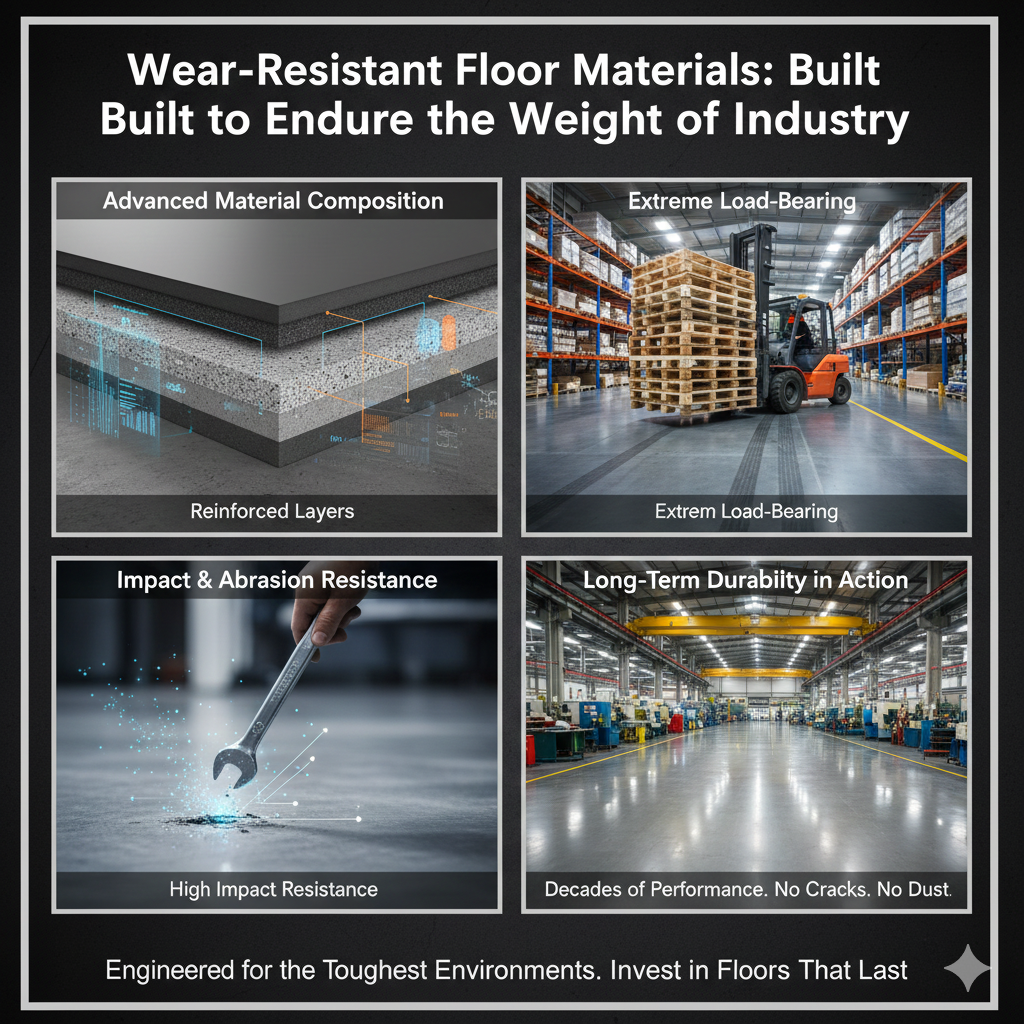Creating a durable, long-lasting finish on a variety of surfaces is easier than ever with a high-quality DIY waterproof spray varnish. Whether you're a homeowner looking to protect your property from the elements or an artist aiming to preserve your creations, spray-on sealants offer a powerful and convenient solution. These versatile products are designed to form an impenetrable barrier against moisture, preventing costly damage from water, rust, and corrosion, and extending the lifespan of your most valued items.
Understanding Waterproof Sealant Spray Paint
Gone are the days of messy, complicated waterproofing methods. Modern waterproof sealant spray paint provides a simple, effective way to protect nearly any surface. With an easy-to-use aerosol application, you can quickly cover large areas or target small, hard-to-reach cracks with precision. These formulas are engineered to adhere seamlessly to a wide range of materials, including concrete, metal, wood, plastic, and tile. The result is a smooth, durable finish that resists cracking, peeling, and fading over time, ensuring your repairs and projects stand strong against weather and wear. The convenience and reliability of these sprays make them an essential tool for both repairs and preventative maintenance.
Navigating Waterproof Spray Paint Brands and Options
With a growing market, many waterproof spray paint brands now offer specialized products tailored to specific needs. This allows for custom waterproof paint solutions that go beyond a one-size-fits-all approach. For example, you can find sprays in various colors like black, white, and gray to match existing surfaces, or a transparent finish to protect an item without altering its original appearance. Products are also available in different sizes, from smaller cans for quick fixes to larger 1500ml containers for extensive projects like sealing a rooftop or an entire exterior wall. This variety ensures you can find the perfect sealant for your project's scale and aesthetic requirements.
Protecting Outdoor Equipment and Art Projects
One of the most practical applications is using a waterproof coating for outdoor equipment. Garden furniture, tools, roofing joints, and the base of outdoor pipes are constantly exposed to moisture, making them vulnerable to decay and rust. A quick application of a waterproof spray can create a robust shield, saving you from expensive replacements. At the same time, these sprays are perfect for providing waterproof finishes for art projects. Sculptures, murals, and other outdoor installations can be preserved in their original state, protected from rain and humidity without compromising color or texture, especially when using a clear sealant.
How to Achieve a Professional Finish
The beauty of a DIY waterproof spray varnish lies in its simplicity. Achieving a professional-grade, watertight seal can be broken down into three easy steps. First, prepare the surface by cleaning it thoroughly to remove any dirt, dust, or grease, which ensures maximum adhesion. Second, shake the can well to activate the formula. Finally, press the nozzle and spray a smooth, even coat over the desired area from a consistent distance. The sealant typically dries quickly, forming a tough, flexible barrier that instantly gets to work protecting your surface. This straightforward process empowers anyone to perform high-quality repairs and enhancements without needing specialized tools or experience.






